Fruit Bats L1
$9.99
Fruit Bats L1
Fruit bats look for fruit and flowers at night. They eat bananas, mangos, plums, and avocados.
Unit: book, worksheets, teaching notes, data collection, flashcards
Series: Biology of Mammals
Lexile: 100L-200L (1st grade)
Suggested Age: 1st grade-Adult
Aligned with Common Core Language Arts Standards and Science Standards
The curriculum addresses learning goals related to the following areas:
Reading:
Educational standards call for 50% of reading curriculum to consist of non-fiction. Our curriculum is focused on non-fiction material that builds background knowledge and vocabulary. Students with disabilities and ELL students benefit even more from non-fiction because of their lack of vocabulary and background knowledge.
Content:
Each unit addresses science standards.
Activities and Projects:
A list of hands-on activities/projects is provided on the lesson plan to provide ideas for engaging students in learning.
Speech:
Detailed teacher notes guide best practices for individual/group discussions. See Speech & Language tab for much more detail on language development.
Questions:
The discussions incorporate the asking and answering of a variety of questions, including Yes/No, Pointing, Short Answer, and Sharing.
Graphing:
Graphic organizer printables are created in 4 levels. These activities address Science Standards related to charting and graphing data.
Language:
Express and understand Ideas and learn new vocabulary. It’s never been easier to support non-verbal students.
Science Knowledge:
Students develop background knowledge on science topics. The accumulation of background knowledge improves comprehension is all aspects of life. (reading, movies, TV shows, conversations, workplace, interacting with public, etc.)
Connecting with Text
Connecting with text is a comprehension skill and helps students understand how to interact with information. This helps with reading as well as conversations.
3 ways to connect with text:
Text-to-self- This reminds me of something from my life. “I have seen birds.”
Text-to-text- This reminds me of something I read in another book. “I remember reading about the Savanna Biome in another book. That is where lions live.”
Text-to-World-This is a bigger picture connection. “I saw the movie Lion King. I now know that the animals in that movie live in the Savanna Biome in Africa.”
This Science series builds background knowledge thematically, and encourages text to self, text to text, and text to world connections to be made.
.
.
Note from Jana Barrett, MS, CCC-SLP
The Austin and Lily curriculum is the perfect platform for speech therapists to use to target and improve speech and language skills. The books and worksheets all focus on a variety of listening and speaking skills that can be directly targeted through speech and language therapy by a speech and language pathologist (SLP). Specific Individualized Education Plan (IEP) goals such as articulation, vocabulary, auditory comprehension, expression, social skills, and augmentative and alternative communication are easily worked on through this curriculum.
Every book in the Austin and Lily series targets a specific high interest topic using a variety of teaching methods and visuals. Each book targets specific vocabulary, main idea, questions, expressive language, and reading skills. These can easily be adapted to target speech and language IEP goals while using the classroom curriculum. This encourages and increases the amount of carryover of learned skills from direct speech and language therapy to the classroom. This curriculum easily supports the push-in therapy model as well, in which an SLP provides therapy services in the classroom while co-teaching with the teacher. This benefits the students, as they are receiving and being reinforced with instruction from both professionals. This also increases the teacher’s carryover of certain strategies to support speech and language students’ goals in the classroom.
Austin and Lily is a comprehensive curriculum that is a convenient way for SLPs to work on specific goals while reinforcing classroom content. This program is organized with many available resources, taking away the long planning time that can go into each speech and language session. Worksheets and data sheets are provided for ease of data collection. Targeting goals, increasing skills, measuring progress, and assessing for new goals are easily done through this curriculum. SLPs will be satisfied with the convenience of this curriculum for use during speech and language therapy.
Instruction Overview
The video below explains how to use our units. The lesson plan format for the science units is slightly different than what is shown, but still very effective. The worksheets are not listed by page in our science units like they are in the social studies units. The lesson plans for the science units also have activities listed at the top of the lesson plan to give you ideas to engage students in hands-on science projects.
Only logged in customers who have purchased this product may leave a review.
Please Login to post a question.

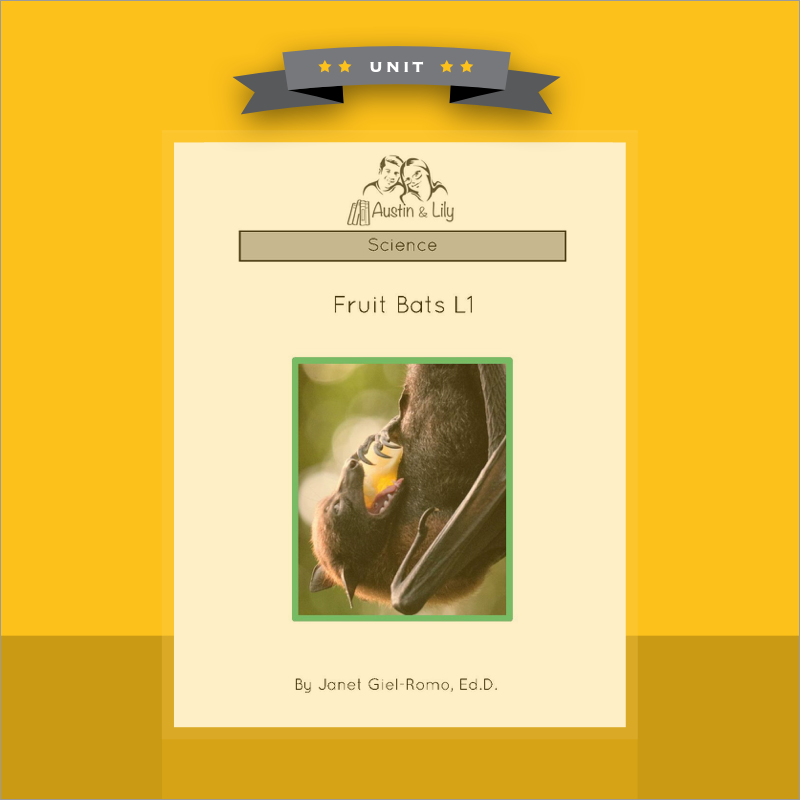

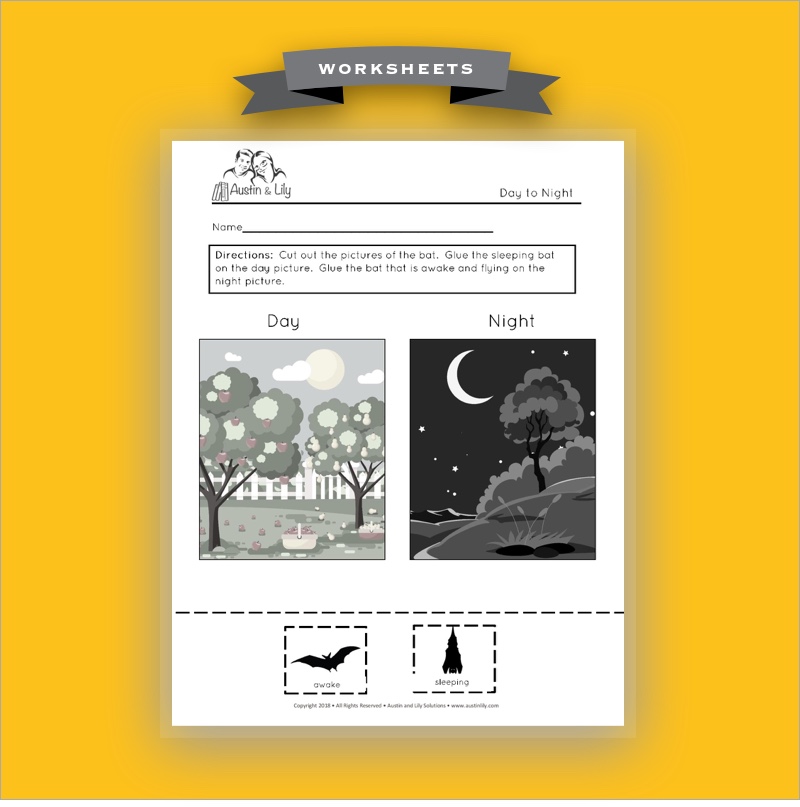
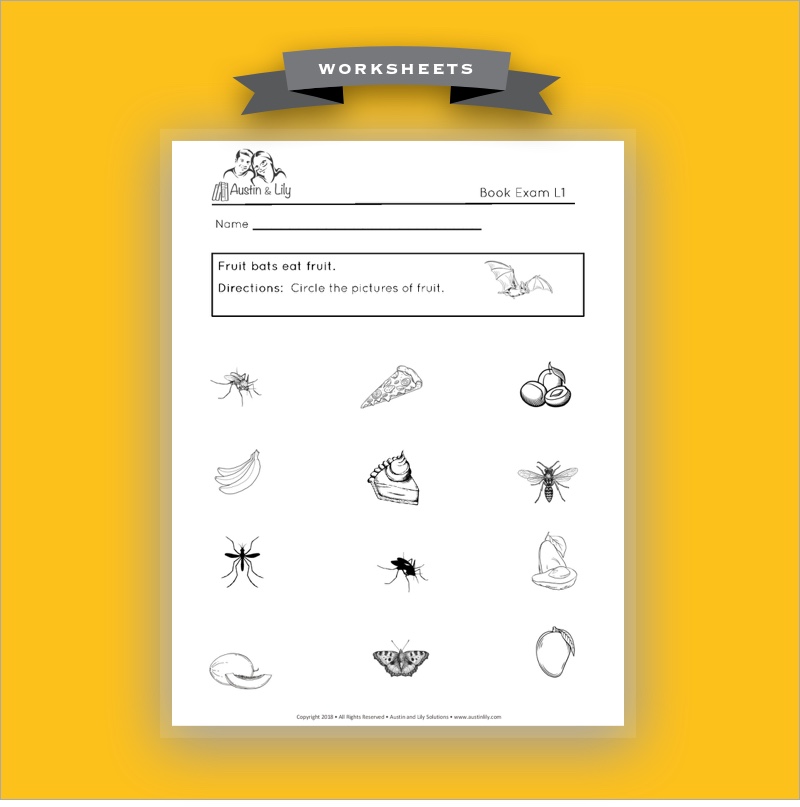
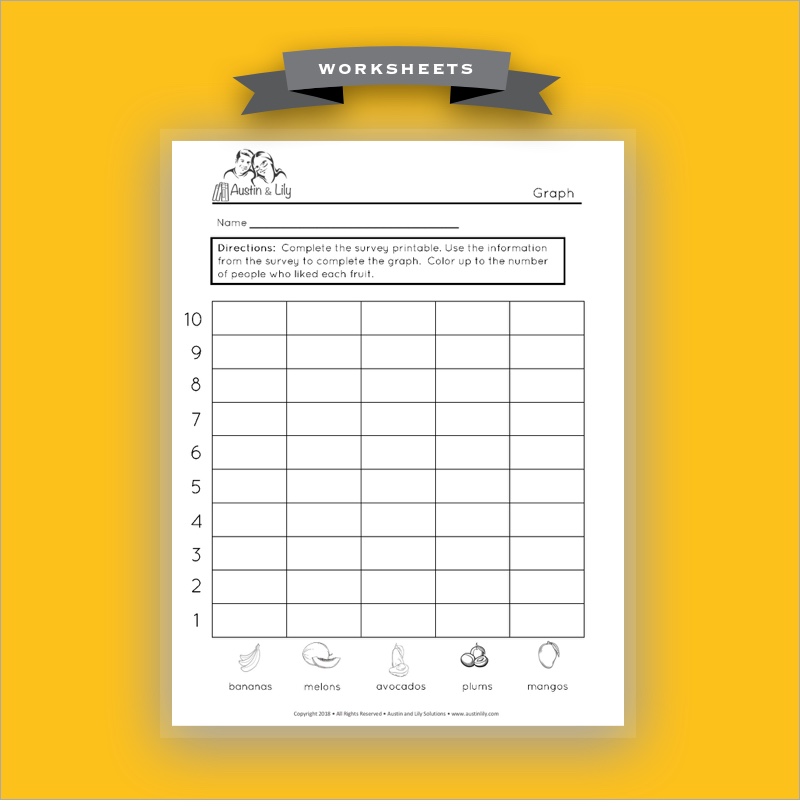
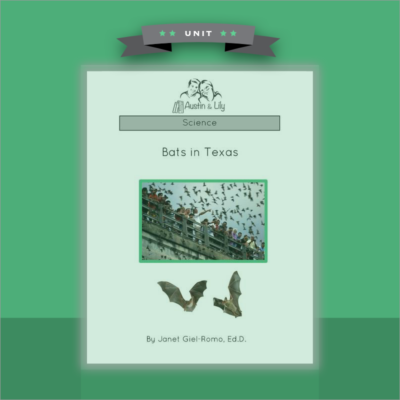
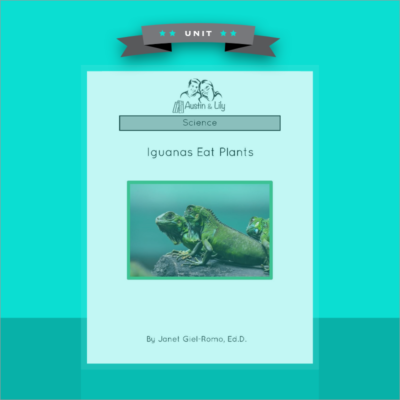

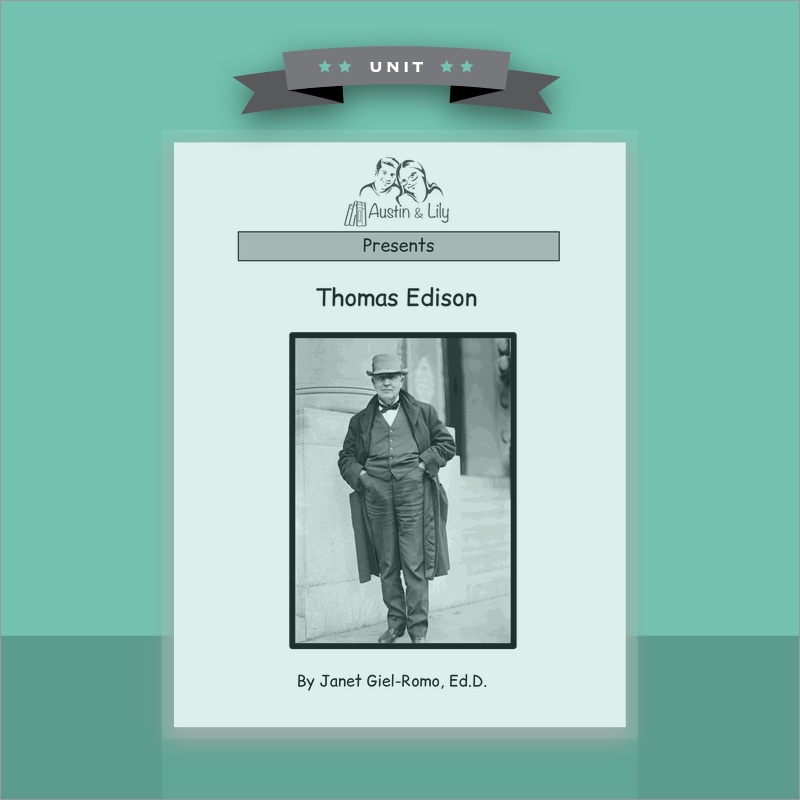



Reviews
There are no reviews yet.